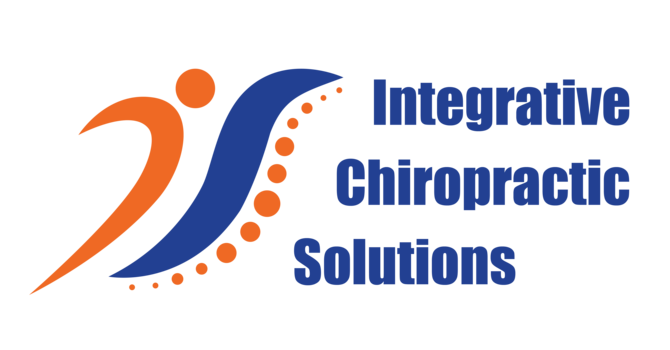Blog
Understanding Neck Pain
Anatomy Of Your Neck
Your cervical spine, or neck, consists of seven bones with a shock-absorbing disk between each level, stacked on top of each other. Your neck is relatively flexible, but it depends on muscles for support. The effect of these tissues being stretched too hard or too far is "Sprains" and "strains" much like a rope that frays when it is stretched beyond its normal capacity. The word "sprain" implies that the rigid, durable ligaments that keep your bones together have been broken, while "strain" implies that the muscles or tendons that move your neck have been partially torn apart.
Auto Accidents & Neck Pain
The main causes of neck sprains and strains are car accidents and sports injuries. These issues may also be triggered by other less stressful events, such as reaching, pushing, dragging, lifting large objects and falls. Sprains and strains are, most generally, not the result of any single incident, but rather of repetitive overloading.
In general, tendons and ligaments withstand small isolated stressors very well, but repeated problems lead to damage in much the same way as a piece of copper wire is continually bent to cause it to snap. Weak posture, poor workstations, repetitive movements, excessive overhead operation, sedentary habits, inappropriate sleep positions, poor bra support and obesity are examples of these less severe kinds of cervical sprain/strain injuries.
Neck Sprains & Strains
Symptoms of a sprain/strain can start suddenly but eventually grow more commonly. Complaints also include dull neck pain which, as you turn your head, becomes sharper. Sleep may alleviate the symptoms but also contributes to stiffness. In general, the pain is concentrated on the back of your neck, but it can extend to your shoulders or between your blades of the shoulder. Tension headaches usually follow injuries to the neck.
If you have any symptoms of a more serious injury, including moderate or "different" headache, loss of consciousness, confusion or "fogginess" trouble focusing, dizziness, slurred speech, difficulty swallowing, vision changes, nausea or vomiting, numbness or tingling in your arms or face, weakness or clumsiness in your arms and hands, reduced intestines or bladder, be sure to inform your doctor if you have any signs of a more serious injury.
Treating Neck Sprains & Strains
Sprain/strain injuries require fewer elastic "scar tissue" to be substituted for the usual healthy elastic tissue. This system can contribute to chronic discomfort and even arthritis. It is important to obtain early and effective care, like the kind given in our office.
You can need to restrict your activity for some time, depending on the severity of your injury, especially movements or activities that cause pain. Avoid heavy lifting and, particularly overhead activity, take frequent breaks from prolonged activity. You should apply ice for 10-15 minutes each hour following acute injuries. After many days or for more severe forms of pain, heat can be beneficial. Ask for clear ice/heat advice from your doctor. Certain patients record partial sports-cream relief.


